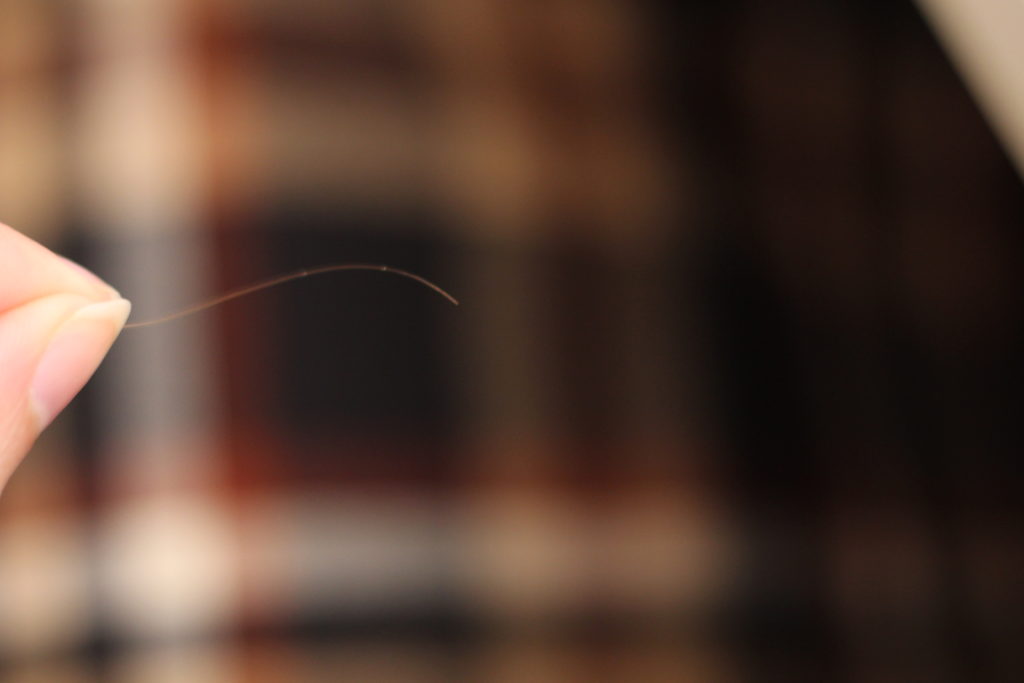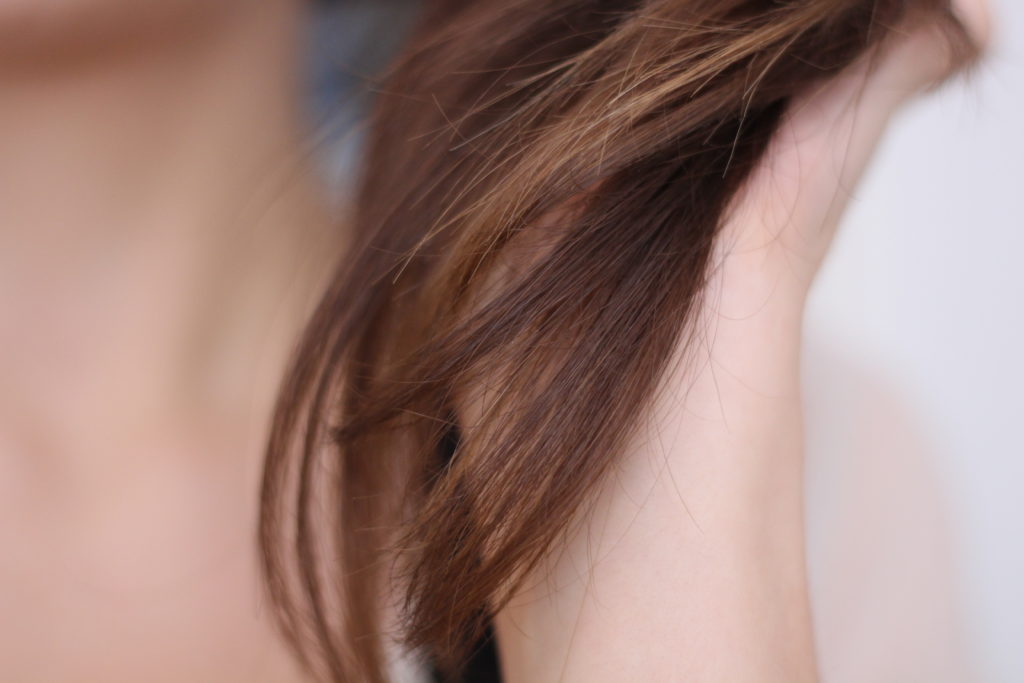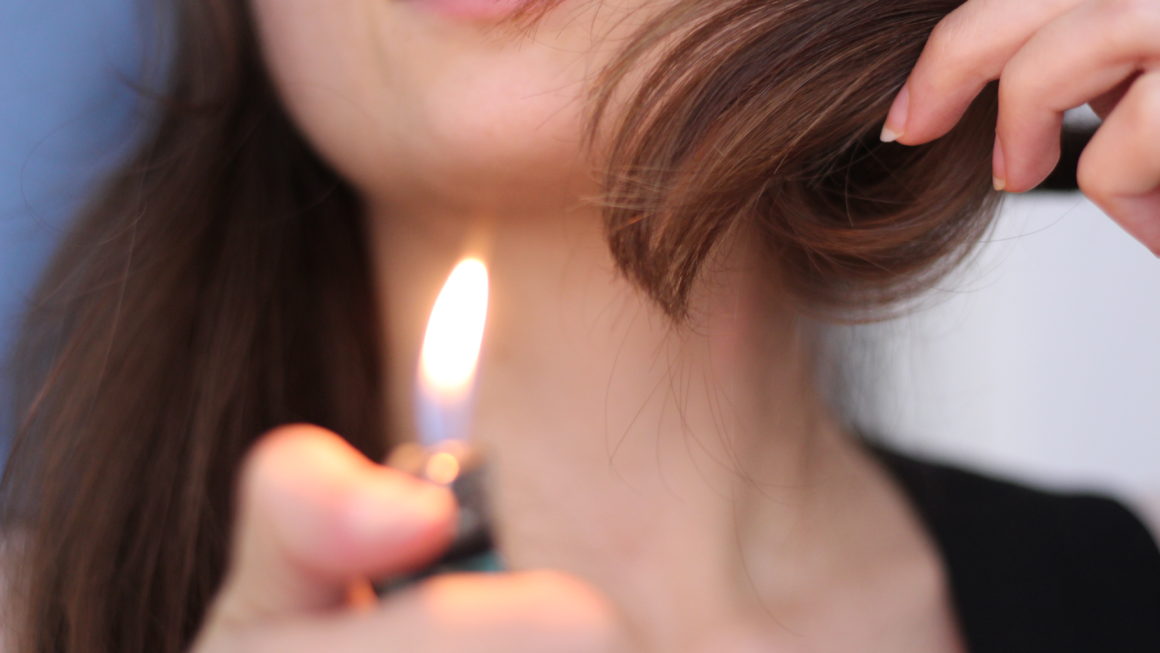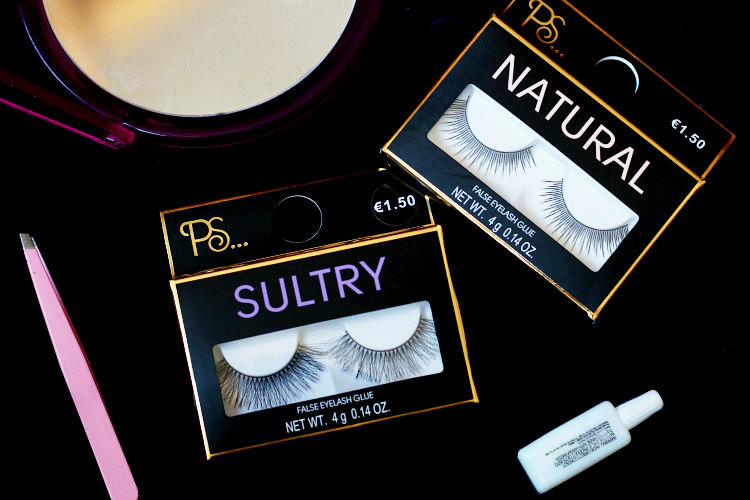Why did we ever stop doing this?
Three months ago I took a candle to my hair to sear off my split ends in true Edwardian fashion. This practice, called hair singeing, was greatly encouraged from the 1900s onwards as a way to maintain healthy hair. The burning of the ends of the hair is meant to seal the strands and prevent moisture from “leaking” out of the hair, as well as prevent split ends from forming and traveling up the hair.
Essentially, it’s another way of trimming the hair, similar to the “dusting” we do nowadays with scissors where only the very end of each individual hair is cut off, maintaining the length of the hair. In fact, singeing is still done in some parts of the world and many people swear by it.
I came across descriptions of this technique in historical sources several times, and was intrigued enough to give it a try. In case you missed it, here’s the video of my first attempt and first impression:
I went into this video with hesitation, fully prepared to lose a strand of hair, but I was very pleasantly surprised. The burned ends didn’t look bad at all, the tiny seared spot at the very tip is barely noticeable unless you look up close, and the singeing itself was surprisingly easy to do.
I did decide that instead of twisting the hair and burning all the ends preventatively as instructed, I would instead seek out individual split hairs and singe only the hairs that need it. This is a time consuming process, but not necessarily more time consuming than going over all the hair would’ve been.
Now, even though I don’t believe moisture will leak out of my hair if I trim it with scissors, sealing off the ends of the hair makes sense. Very quickly after first having singed my hair, I noticed that my split ends weren’t coming back. Whenever I would find a stray one, I’d burn it off with a lighter. Sometimes I would do a longer session where I go through all of my hair actively looking for split ends, and sometimes I’d just burn the one that caught my eye. As I kept going, there were fewer and fewer splits to tackle, until it was really hard to find any new ones. I have this bad habit of picking at my split ends when I’m stressed or bored, which does mean I have a pretty good idea of how my ends are looking at any given time. The difference in the amount of splits and the frequence at which they return between pre-singeing and post-singeing is amazing.
My hair would never stay split-free for long, even when I trimmed it. After a week or two I’d always find lots of split ends again, until now. In my experience, a singed hair truly does not re-split. To further test this, I gave my hair a little trim a few weeks back as the ends needed evening out anyway. This meant cutting off all the singed ends on my longest hairs, and lo and behold, withing a few days I noticed split ends again. I’ve pretty much gotten those under control now with the lighter + individual hair method, but it did confirm my suspicion that a cut end splits much more quickly and easily than a singed one.
After having singed consistently for three months, the only type of end damage I currently have is this type:

These white dots are the kind of “split end” where the hair breaks or bursts a short way from the end, breaks off and leaves a damaged tip which will then eventually split. This type of damage is unaffected by the singeing, as it doesn’t occur at the very end of the hair, and unfortunately I do still get these. Whenever I spot one though, I’ll singe it off and that deals with it perfectly. Keeping the ends well-moisturised with oil helps prevent these as well.
Honestly, my ends haven’t looked this good since I was a kid. I’m amazed at the results I’ve gotten with this method, and I honestly don’t see why we ever stopped implementing hair singeing in our beauty routines.
In the first attempt video above, I discouraged viewers from trying the method at home, mostly for safety reasons. However, by now, I can recommend the singeing of individual split hair ends wholeheartedly. Please be responsible when using open fire near your body, I hope that goes without saying, but if you know what you’re doing, this is a perfect way to keep fine, split-prone hair looking healthy for much longer than a scissor trim would.
I’m definitely not going back to dusting with scissors any time soon!







Are you still singeing your hair?
Very well, the answer I’ve been looking for is not cutting after all. My hair has always been bad for splitting. I remember a hairdresser once told me if I wanted to have the splits removed she would have to cut a significant amount.
I think the lighter would be a good method, that’s smart thinking, cause you can cut the fuel source without bringing into your face to blow out the flame.
xo Rebekah